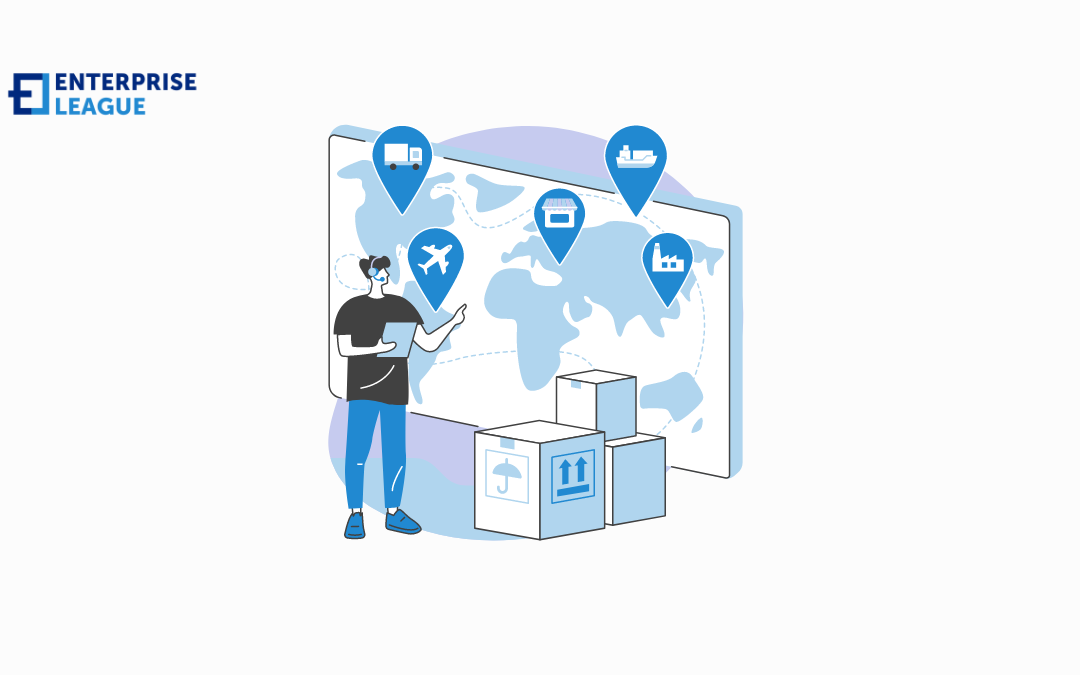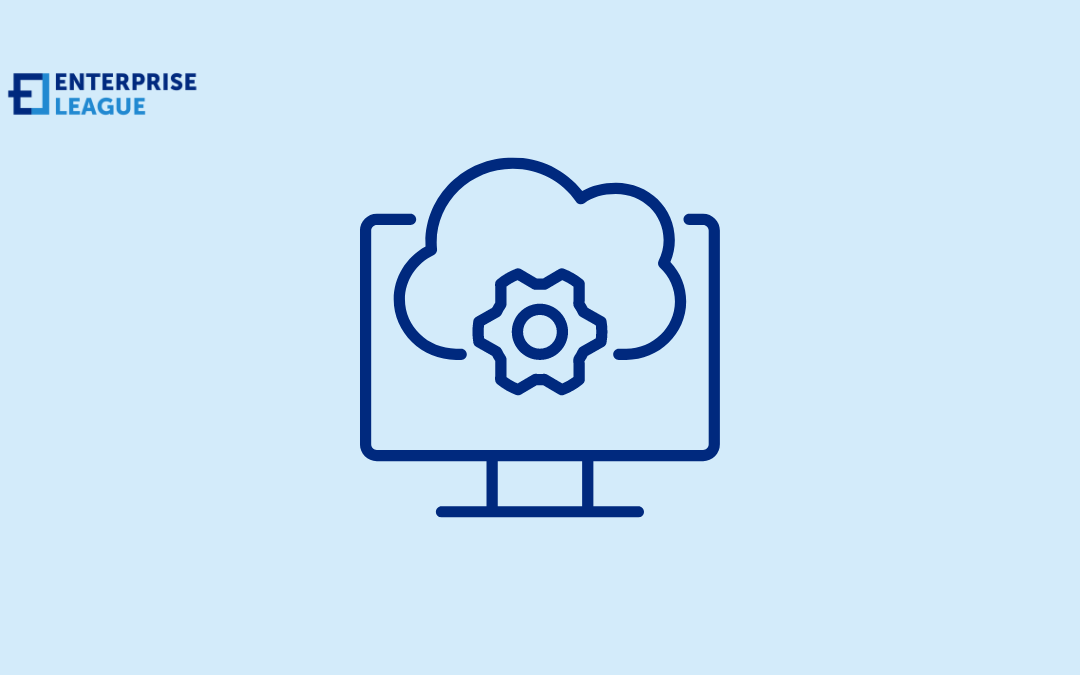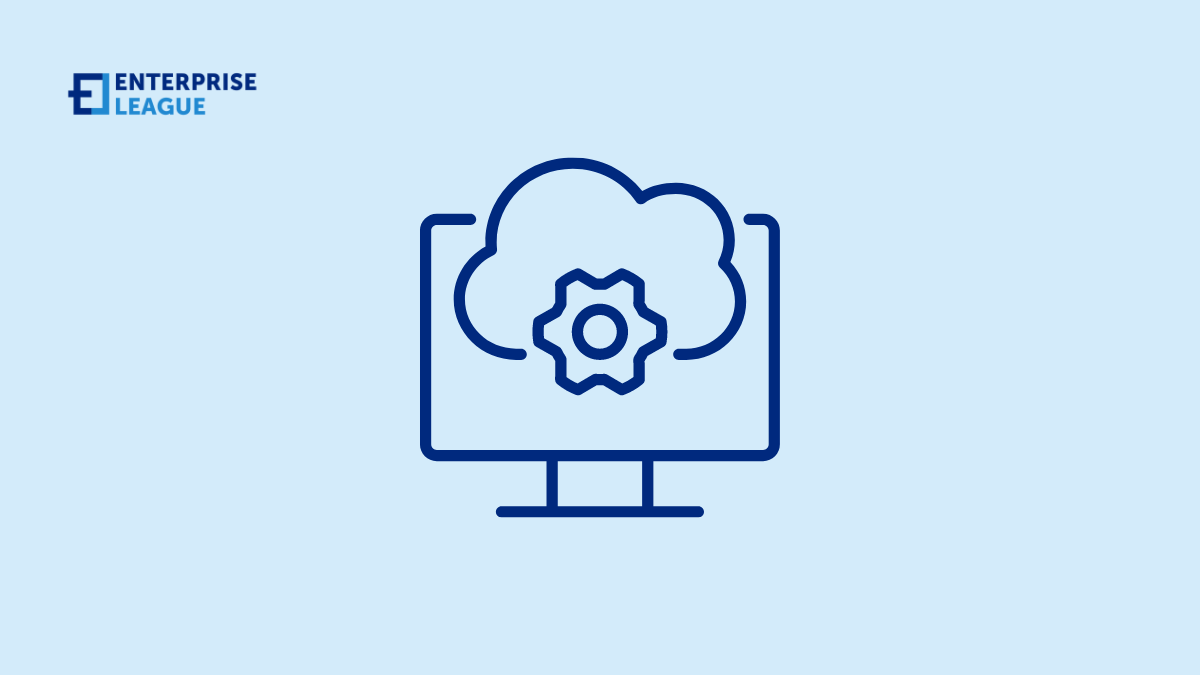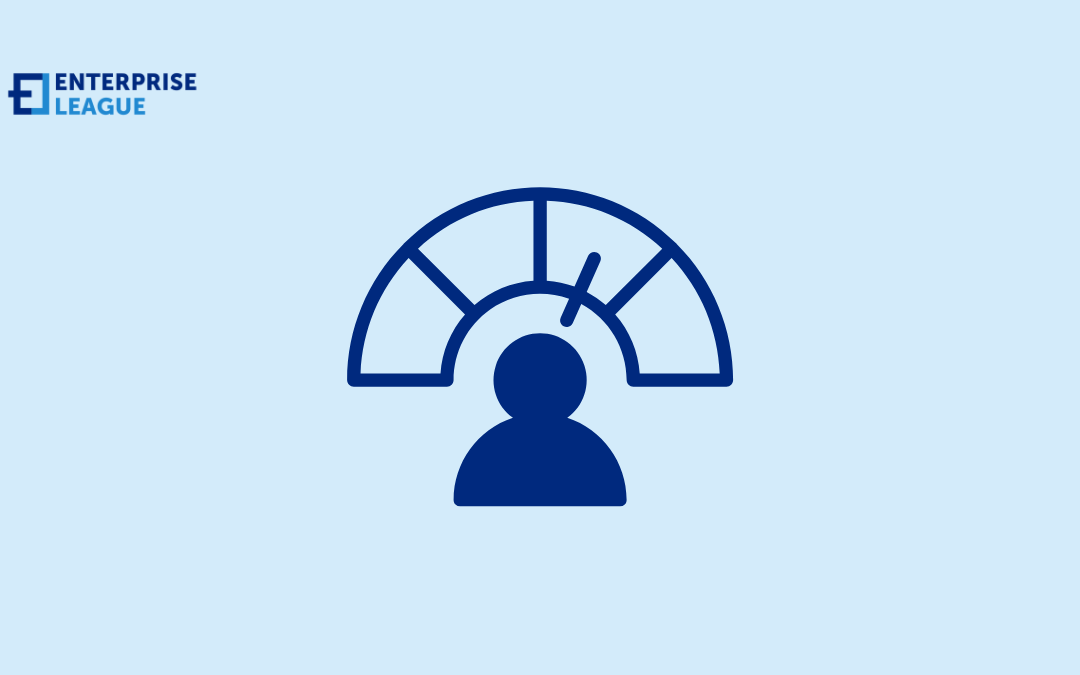Looking to monetize your passion on Instagram? Here you can find the best eight business ideas that can fuel your success and help you achieve your goals.

Revolutionizing supply chain management with purchase order systems
Revolutionizing supply chain management with purchase order systems
March 01, 2024

The field of supply chain management (SCM) is experiencing a significant transformation, with technology leading the charge. Central to this wave of innovation is the emergence of advanced purchase order software, such as Precoro, which not only aligns with the efficiencies, transparency, and resilience highlighted in this article but also brings additional, unique benefits to the table.
Evolving dynamics in supply chain management
Historically, supply chain operations suffered from cumbersome manual processes like paper purchase orders and invoices, which led to slow and inefficient workflows. Without instant digital communication between suppliers, manufacturers, and retailers, transparency was lacking and mistakes could go unchecked. Supply chain participants often operated in silos, using outdated legacy systems that couldn’t integrate smoothly, making supply chain strategic planning a significant challenge.
This traditional way of managing supply chains was prone to errors, delays, and inflated costs which hurt businesses’ ability to meet demand and stay competitive in their markets.
The digital age has brought about significant changes, with technologies like cloud computing, IoT, and analytics reshaping SCM. Among these innovations, advanced purchase order software has been a game-changer, redefining the norms of supply chain operations.
With supply chain operations significantly streamlined through technologies like ePO software, businesses can optimize their costs, speed, dependability, and strategic value impact.
Modernizing SCM with advanced purchase order software
Purchase order (PO) software automates and manages the issuance, tracking, and fulfillment of purchase orders within a supply chain. This digital solution transcends traditional practices by streamlining operations, enhancing data accuracy, and providing unprecedented supply chain visibility.
Modern PO systems centralize PO generation, distribution, and management on user-friendly digital platforms accessible across vendors and internal teams. Workflows become streamlined with features like integrated approval chains and PO dispatch to supplier networks. Data quality and accuracy improve dramatically over manual entry and paper orders susceptible to losses and human error. Real-time PO status visibility provides supply chain transparency for informed logistics, production, and accounting decisions.
Transformative impact and implementation insights
From retail to manufacturing, several sectors have reaped the benefits of deploying advanced purchase order software, witnessing marked improvements in procurement efficiency, cost savings, and supply chain agility.
Organizational resistance to change delays adoption unless stakeholders understand the operational edge achieved in competitive markets. Technical hurdles around legacy system integrations should be anticipated by cross-functional implementation teams able to configure interfaces and customize where beneficial. A strategic roadmapbalancing business priorities, user enablement and staged technology rollout minimizes disruption during the transition.
Anticipating the future of SCM through purchase order software
Supply chain management has always evolved alongside emerging technologies. Just as cloud computing and predictive analytics made recent strides in transforming legacy purchase order systems, blockchain and the Internet of Things (IoT) promise to unlock even smarter and more resilient operations.
At the same time, sustainability is becoming essential for supply chain competitiveness. Eco-conscious stakeholders demand ethical and environmentally friendly practices while regulations impose more consequences for wasteful, hazardous, or unethical links in globalized commerce.
Leading-edge purchase order systems empower businesses to align with corporate social responsibility goals and compliance standards by providing end-to-end supply chain visibility. Risks of unethical labor, unsafe working conditions, pollution, and waste can be identified and mitigated through data-driven supplier selection, order sourcing, and proactive corrective actions.
Conclusion
More must-read stories from Enterprise League:
- Get entertained and educated with some of the best business movies.
- Get inspired from this list of creative small business ideas.
- Why hiring millennials might be the best decision you can ever make.
- Getting your product in stores doesn’t have to be complicated.
- Warning signs of a terrible boss that everyone must be aware of.
Related Articles
Turning passion into profit: 9 Instagram business ideas to fuel your success
The best private charter jets when traveling for business
Businesses rely on private jets for speed and luxury, so which aircraft services stand out? Dive into the best private jet charters for modern companies.
Hot weather warning: What we can learn from NC’s recent heat wave
In this article, we’ll share what lessons can be drawn from recent heatwave and the potential health implications as part of the same that require treatment.
8 types of employees and when to hire them
Build a stronger workforce by understanding the 8 types of employees and when to bring each one on board, whether is full-time employee or hiring a freelancer.
10 strategies for managing poor work performance
These 10 strategies help you address issues professionally, set clear goals, guide employees toward success and sucessfully manage poor work performance.















